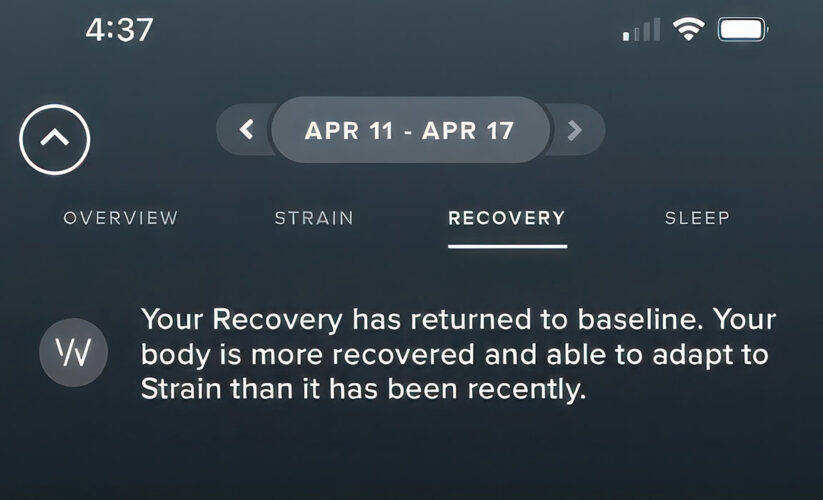
Rocking And Recovery With Robert, Heading To The Tokyo Paralympics
For who? Competitive athletes, swimmers, masters swimmers, runners, rowers
For what? Strength, recovery, functional movement, mobility, flexibility, cool-down
Robert Griswold is an American Paralympic swimmer and gold medal favorite for the upcoming Tokyo Paralympics. He has cerebral palsy and does KAATSU Cycles before and after his 8-times-per-week workouts and races as part of his pre-swim warm-ups and post-swim cool-downs.
During the complete lockdown at the U.S. Olympic Training Center due to the COVID-19 pandemic, Griswold spent nearly a year of trying his best to being creative in order to maintain his speed, strength, stamina and flexibility. He also graduated from Indiana State University, began clerking at a law firm in St. Louis, Missouri, and continues to train 8 times per week in anticipation of the Paralympic Trials in Lewisville, Texas in April with the anticipation of winning medals at the Tokyo Paralympics.
When the COVID-19 pandemic hit, the administration at the U.S. Olympic Training Center shut down its facilities, but also would not let the athletes off the Training Center campus. The athletes had no way to leave the Center, but swimmers also had no way to train properly in a pool. So what did Griswold do? He looked for an AirBnB with a backyard pool and found one and negotiated an early morning training schedule with the owner.
He and his roommate would sneak out of the Training Center campus through a side door before the sun came up. They would get to the AirBnB house with a 13-meter pool. They jury-rigged a tether unit and did creative pool workouts. He also finagled his way to get a Vasa Trainer unit and figured out a way to stay in shape with his ingenuity and KAATSU Air Bands that he used on dry land and in the pool.
Eventually, he ended up moving to St Louis where he currently trains in a 50m pool 8 times per week while working as a law clerk 25 hours per week. The United States Paralympic Trials are on April 10-12.
He explains his recovery protocol,
“When I came back and competed in my first swim meet at the U.S. Open, I swam the 400m individual medley. I was about 95% of my peak physical abilities and just barely missed the world record. When I got out of the pool, I used my lactate meter and showed the USA Swimming National Team High Performance Director that his post-race lactate levels were 19.9 mmol/L. The director saw my lactate reading and said that 19.9 must be a mistake.
So I retested a few minutes later and I tested at 20.2 mmol/L. The director was surprised it was that high.”
But Griswold uses his KAATSU equipment to help him recover from these high lactate levels. He swims easily (loosens down) for 600 meters until his lactate reading is between 7-8 mmol/L. Then he gets out of the water and does KAATSU Cycles until his lactate is reduced to 2.1 or lower mmol/L.
Note: Griswold, Matt Torres and Jamal Hill are among the American Paralympic athletes who will use KAATSU at the Tokyo Paralympic Games.





